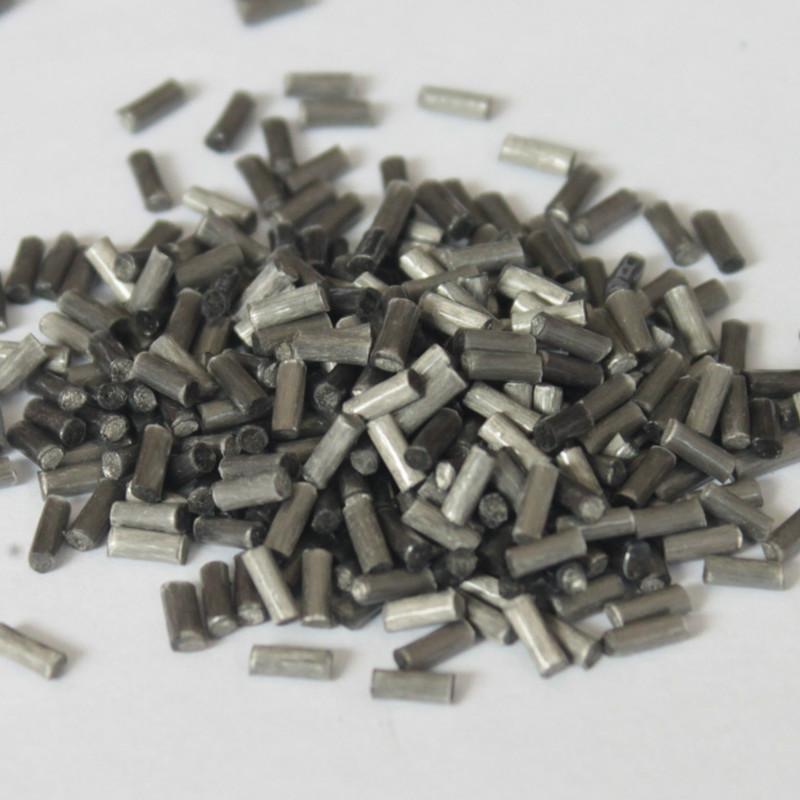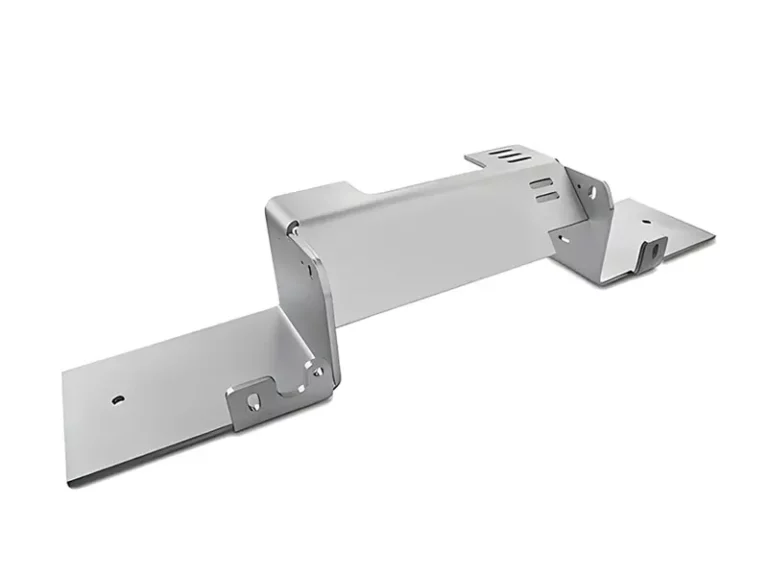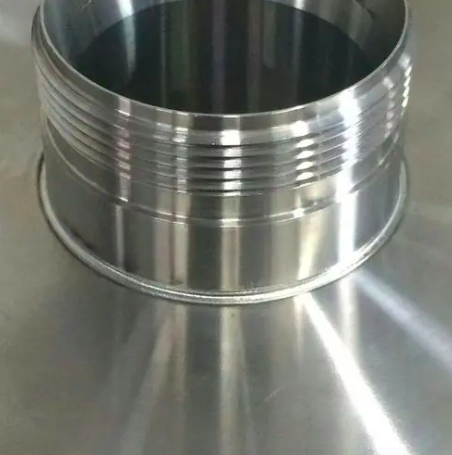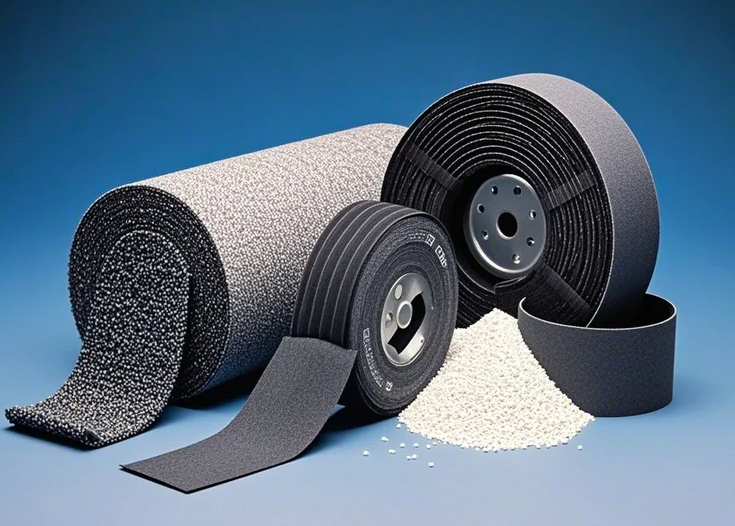目录
Abstract
Carbon nanotube conductive compounds are materials with conductive properties that use carbon nanomaterials as conductive fillers and are compounded with matrix materials.
Carbon nanotube materials have excellent electrical conductivity, and common ones include carbon nanotubes, graphene, etc. Among them, carbon nanotubes are a one-dimensional quantum material with a special structure.
They are made up of several to dozens of layers of coaxial circular tubes composed of carbon atoms arranged in a hexagonal shape. They have the characteristics of being lightweight and having perfect hexagonal structure connections. , showing excellent performance in mechanical, electrical, and chemical properties.

Advantages
• High electrical conductivity: significantly improves the electrical conductivity of composite materials and has good electrical conductivity;
• Excellent mechanical properties: can enhance the mechanical properties such as strength, stiffness, and wear resistance of composite materials;
• Corrosion resistance: It can further improve the corrosion resistance of composite materials, making them suitable for harsh environments;
• Lightweight: reducing the density of composite materials helps achieve lightweight design;
• Versatility: In addition to electrical conductivity and mechanical properties, it may also have properties such as thermal conductivity and wave absorption, and can be used for electrical conductivity, anti-static, electromagnetic shielding, etc.;
• Processability: Its addition usually does not significantly affect the processability of the base material, and traditional processing techniques can be used.
Take high-content carbon nanotube-modified epoxy resin-based composite materials as an example. It is formed by adding high-content carbon nanotubes and modifying epoxy resin as a matrix. This conductive compound has the characteristics of high conductivity, excellent mechanical properties, good corrosion resistance, lightweight, multifunctionality, and certain processability, and can be used in engineering structural materials, conductive materials, and other fields.
In addition, factors such as the aspect ratio, dispersion degree, content, and interface compatibility with the matrix material of carbon nanotubes will all affect the conductivity of carbon nanoconductive composite materials.
For example
- carbon nanotubes with a large aspect ratio are more likely to overlap each other to form a conductive percolation network.
- good and uniform dispersion helps to form an effective conductive path; when the content of carbon nanotubes reaches a certain threshold, the conductivity of the composite material will sharply Rise.
- good interfacial compatibility between carbon nanotubes and matrix materials is conducive to charge transport, thereby improving conductivity.
By optimizing these factors, conductive compounds with properties that meet different needs can be prepared.
In practical applications, conductive compounds can be used in:
- aerospace field (such as improving the overall performance of aviation tires)
- electronic field (such as preparing capacitors, resistors, and other electronic devices)
- energy field (such as lithium-ion battery electrode materials), etc.
For example, by melt-blending thermoplastic polyurethane (TPU) with carbon nanotubes, a blended composite material with the advantages of antistatic, high thermal conductivity, high wear resistance, and high tear resistance can be prepared, which can be used in high-energy aerospace tire top rubber. This allows the static charge generated by the tires to be evenly transmitted to the ground when the aircraft takes off and lands, and may also save manufacturing costs.
Conductive compounds composed of different matrix materials and carbon nanotubes will also have different properties and application scenarios. During the R&D and application process, various factors need to be considered based on specific needs to give full play to the advantages of carbon nanoconductive composite materials. At the same time, as research continues to deepen, its performance and application areas may be further expanded and optimized.
0









